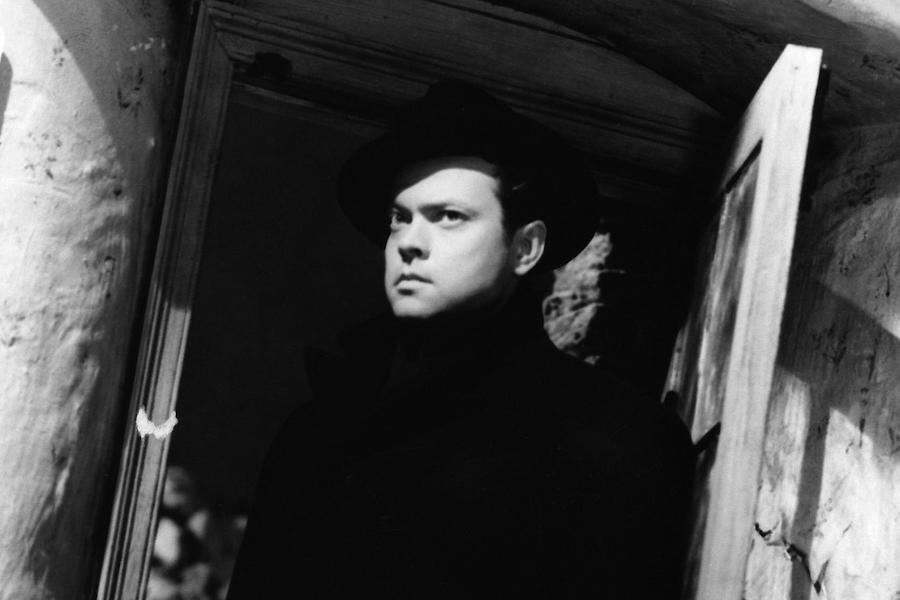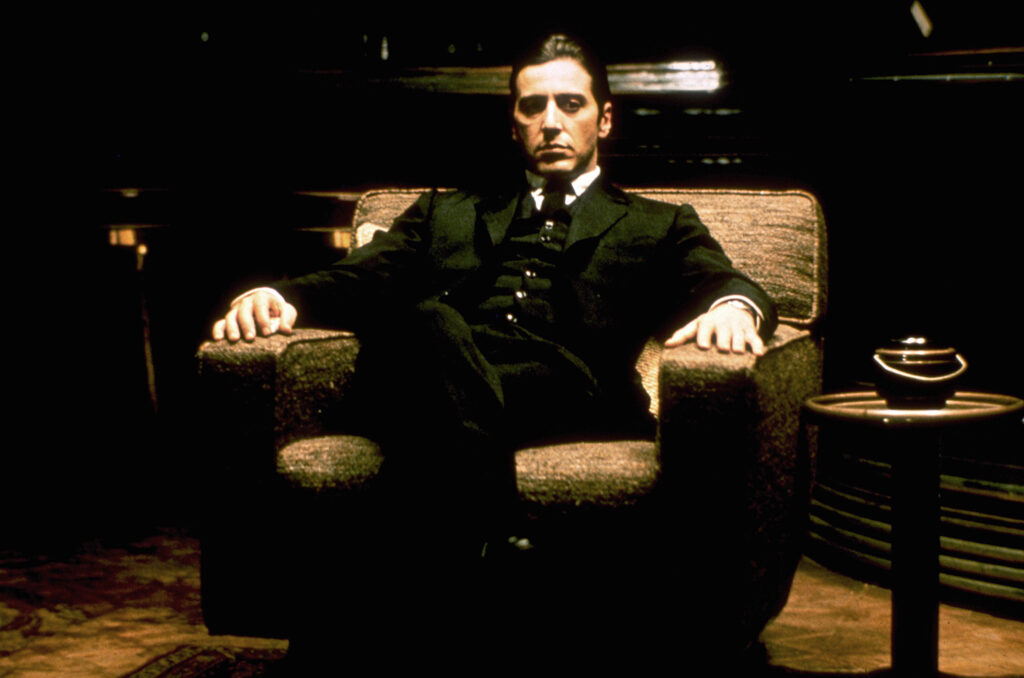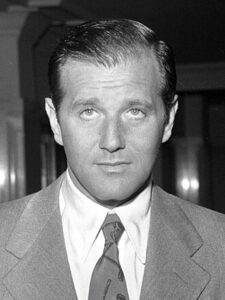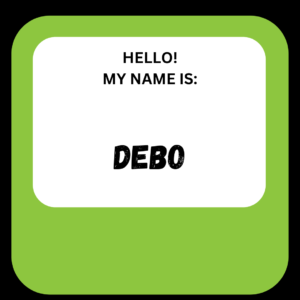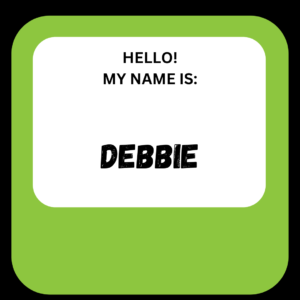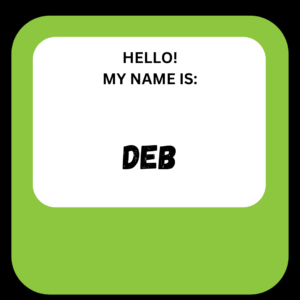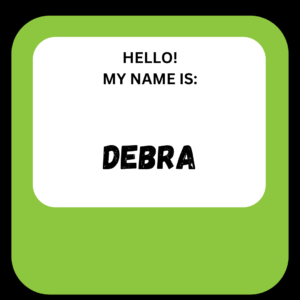by Debbie Burke
 Today please welcome author Jane Corry, bestselling thriller author from the UK. Her books have sold more than a million copies in 20 countries. She’s also a magazine feature writer and columnist. For three years, she was the writer in residence at a high security male prison.
Today please welcome author Jane Corry, bestselling thriller author from the UK. Her books have sold more than a million copies in 20 countries. She’s also a magazine feature writer and columnist. For three years, she was the writer in residence at a high security male prison.
An important choice we authors grapple with is what to call a book. Jane graciously shares her experience in today’s guest post:
WHAT’S IN A TITLE?
‘Never judge a book by its cover.’ Or so the saying goes.
If I was re-writing this advice, I’d say, ‘Always judge a book by its title.’
At least that’s what many of us seem to do when choosing our next read (including me).
Before I got published, I never really thought about how titles were created. I certainly didn’t realise that they could take different forms and myriad conceptual stages between that first written line and the published baby.
They generally start off as a working title (the one which the author initially thinks of) and then metamorphosise during various meetings and edits.
Now, some 19 books on, I realise that THE title – the one which the book finally steps out in, ready for the ball – is a mixture of fluke, getting it right first time, and arduous, handwringing, plus increasingly urgent emails and discussions on behalf of both publisher and author.
To make it even more complicated, the various departments of the publishing company might well have different views. The sales team, for example, might like one title; publicity, another, and the editor yet a third. (Or 63rd as in the case of a friend of mine.) Then there’s the author who might well be feeling distinctly unsettled by the prospect of their baby being given a new identity. Who gets the final say?
Good question. In my experience, it may well be Sales because when all is said and done, it comes down to money. Sales have a feel for what they can sell which is why they are there in the first place. But are they always right?
You won’t know until the sales figures start coming in…..
Titles also often go through trends. First person has gone down well in the last few years. ‘I did this… I did that’ on the cover, can draw in potential readers by making them identify with that ‘I’. Two of mine were along those lines: ‘I Made A Mistake’ and ‘I Looked Away’.
Names in a title can also help because you feel you are going to be reading about a real person even though you know it’s fiction. Take ‘The Seven Husbands Of Evelyn Hugo’.
Maybe this is why my one of my favourite childhood books is ‘What Katy Did Next.’ If it had been ‘What a Little Girl Did Next’ it might not have had the same personal angle.
A question in a title is often a good bait. ‘Why Has Nobody Told Me This Before?’ is screaming to be picked up. Indeed, it’s been in the top ten charts for months
 The titles, which I feel have worked best for my books, include the ones which just fell into my head. For example, ‘I Died On A Tuesday’ came to me when I was cycling down to the promenade for my daily swim in the sea and nearly got knocked off my bike.
The titles, which I feel have worked best for my books, include the ones which just fell into my head. For example, ‘I Died On A Tuesday’ came to me when I was cycling down to the promenade for my daily swim in the sea and nearly got knocked off my bike.
This is exactly what happens to Janie, my heroine. (Spoiler – she survives.)
Ironically, I’d already written this scene in the draft of the as yet untitled novel I was currently working on.
My near-miss as well as the irony, really shook me up. My life could have changed in a second. It was scary. But also inspirational. This, I realised, was my way of getting fear into my title – usually a good bait.
I also wanted the reader to wonder how the unknown ‘I’ in the title could be dead, if the protagonist is still talking?
The specificness of a certain day hopefully makes the story feel more real and relatable. But why a Tuesday and not any other day of the week? My gut instinct told me that the word had a certain tuneful lilt which lifted the spirits to balance the word ‘Died’.
I was very relieved when the publishers didn’t even discuss my ‘I Died On A Tuesday’ title because they liked it. Phew! It felt like scoring a strike in bowling – something I usually leave to my grandchildren. Early reviewers even said lovely things like ‘Great title’. Fingers crossed for sales when it comes out on June 6. (Details at the end!)
Sometimes brainstorming can help. When I started writing crime (without an agent or editor), I came up with ‘My Husband’s New Wife’. Then I floated the title past a friend, who suggested “My Husband’s Wife.’
Technically this isn’t quite accurate because the fictional woman in question is the new wife. But it trips off the tongue better and sounds more intriguing. I will be eternally grateful to that friend. In return, I help other authors brainstorm their titles too.
Every now and then, a chance remark can inspire a title. For some years now, I’ve been swimming in the sea every morning with a friend who lives over the road. One weekend, she turned up on a new orange bike. I admired it. ‘Yes,’ she said. ‘It belonged to the dead ex.’ (Rather sadly, she’d had to clear out her former husband’s possessions after his death.)
‘Wow,’ I said. ‘May I use that as a title please?’ And so my third book ‘The Dead Ex’ was born.
If you are really stuck, you could try that old trick of putting words in different cups and picking some out at random. Or you could go through sayings/ proverbs/ favourite song titles and adapt them. Always keep your ears open for something that someone says which strikes a chord and has title potential.
Escapist titles are popular because it helps us remove ourselves from our everyday lives and problems. A friend of mine who isn’t a writer says she’ll buy anything with ‘sunshine’ or ‘mermaid’ in it.
Certain titles work even better when the ‘sell’ on the cover explains or amplifies the significance. I recently heard about a writer called Rebecca Paulinyi who’d had a stroke and went onto write a rom com. She called it ‘At the Stroke of 30’. The blurb explained that it was about a heroine who had to re-evaluate her life after having a stroke on the eve of her thirtieth birthday. Brilliant.
Alliteration is also catching. (‘The Secret Seven’ comes to mind as I write this sentence.)
So does a touch of menace. My current novel in the US and Canada is called ‘Coming To Find You’. It’s a time-slip set in the Second World War in a small Devon village and the present-day where Nancy is hiding in the same house, 80 years on.
Nancy’s stepbrother has escaped from prison and is about to break in through her kitchen window. My publisher, agent and I did have quite a lot of discussion about this title and I’m very grateful that they went for my own suggestion, ‘Coming To Find You’, which has, I felt, a combination of that sing-song childhood hide-and-seek game along with an underlying threat. That book got to number 7 in the Sunday Times.
Sometimes I think that maybe the best way to write a novel is to think of a really gripping title first before writing. Then use the title as a basis for the idea. It might certainly help someone who isn’t sure what to write about and will hopefully get some great sales!
Meanwhile, you can follow me at janecorryauthor on Twitter/X; Instagram; Tik Tok and Facebook. My website is janecorryauthor.com
The digital edition of I DIED ON A TUESDAY is out on June 6th. If you wanted to make my day and order, just go to: https://www.amazon.co.uk/Died-Tuesday-gripping-thriller-bestselling-ebook/dp/B0CNT62W14
The paperback edition is out on June 20th. You can find me in bookshops, supermarkets and online.
If you’re in the US or Canada, you can order on the following links:
Canada: https://www.penguinrandomhouse.ca/books/735469/coming-to-find-you-by-jane-corry/9780385697880
US: https://www.penguinrandomhouse.com/books/735469/coming-to-find-you-by-jane-corry/
Meanwhile, good luck with your next title. I hope this helps……
~~~
Jane, thanks for these great tips! Best wishes on a successful launch!
~~~
TKZers: How do you choose a title? Do Jane’s suggestions inspire you?



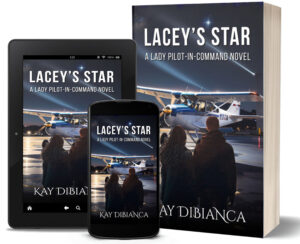






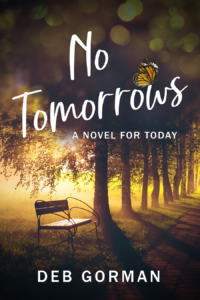
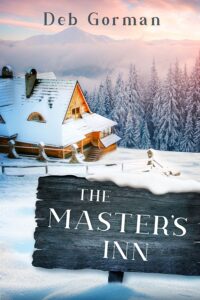
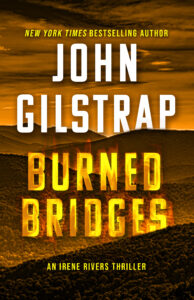 The book on the X at the moment is Burned Bridges (Spring/Summer, 2025), the first installment of my new series featuring Irene Rivers, the FBI Director from the Jonathan Grave series. The very existence of the series is a bit of a spoiler for the next Grave book,
The book on the X at the moment is Burned Bridges (Spring/Summer, 2025), the first installment of my new series featuring Irene Rivers, the FBI Director from the Jonathan Grave series. The very existence of the series is a bit of a spoiler for the next Grave book, 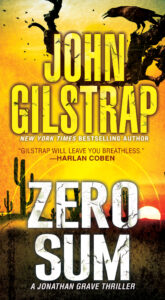 Also, the Irene Rivers series will not be Jonathan Grave with a female protagonist. This series will be more subtle. Less explosive. Driven out of Washington by the political implosion she caused, she’s living out in the country now on inherited family land, trying to reconnect with her kids and be as invisible as possible. To give herself a little something to do, she hangs out her shingle as a private investigator.
Also, the Irene Rivers series will not be Jonathan Grave with a female protagonist. This series will be more subtle. Less explosive. Driven out of Washington by the political implosion she caused, she’s living out in the country now on inherited family land, trying to reconnect with her kids and be as invisible as possible. To give herself a little something to do, she hangs out her shingle as a private investigator. When I teach master classes–as I will be in September at the
When I teach master classes–as I will be in September at the 
